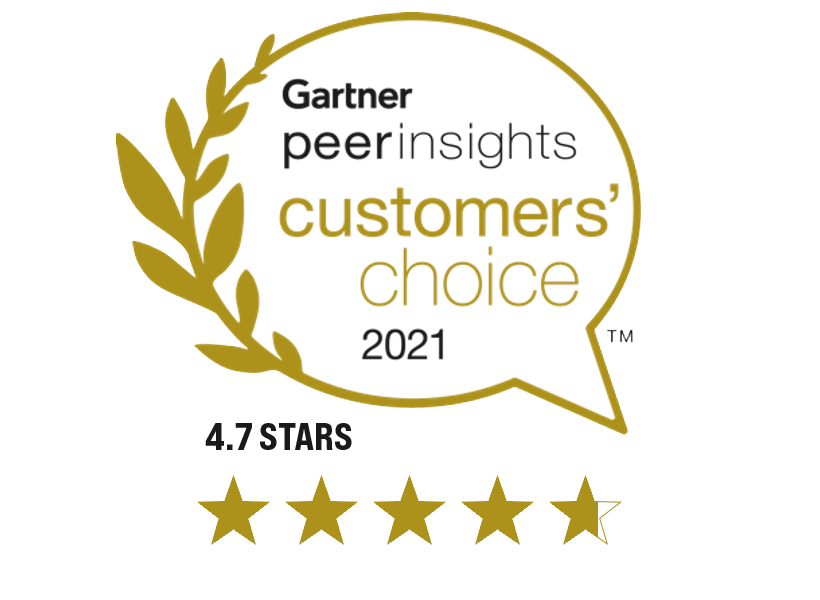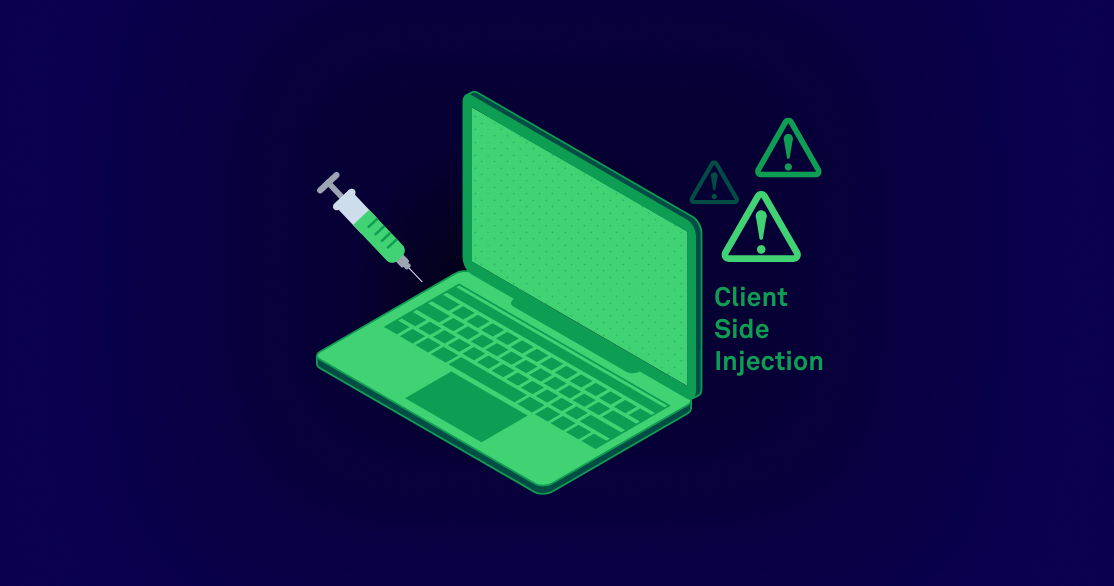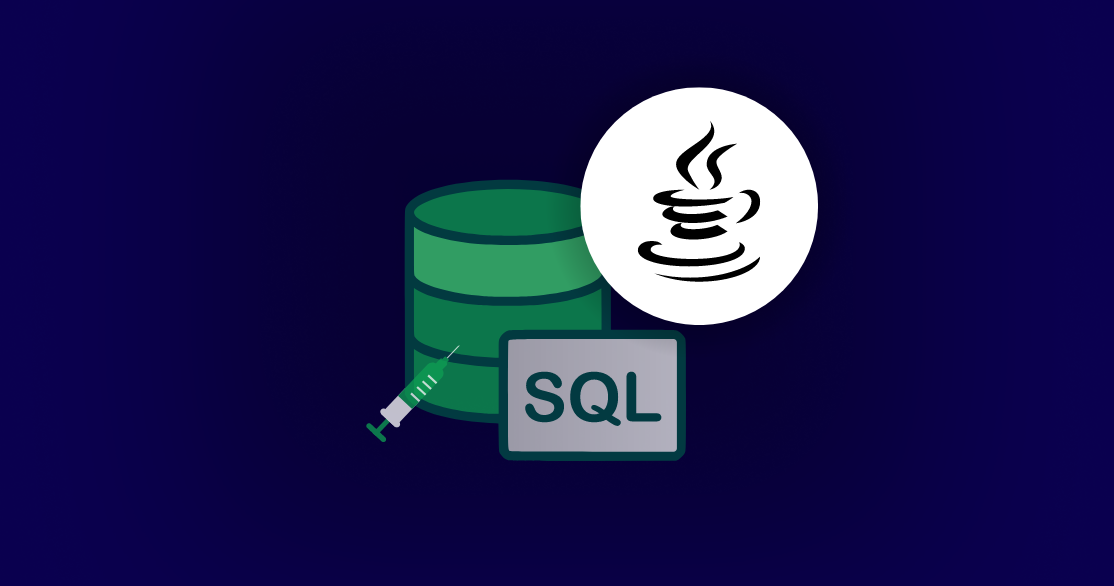Table of Contents
WHAT IS AGILE SCRUM ENVIRONMENT?
As a set of values and principles that describes a group's day-to-day interactions and activities, Agile provides the framework for an iterative and incremental software development approach. Scrum is one of the implementations of the Agile methodology, laying out certain software development practices in more prescriptive and specific terms.
Widely used by software development teams, Scrum is believed to be the most popular Agile methodology. Scrum is ideal for projects where requirements are rapidly changing, which is often the norm. Characterized by frequent incremental builds and releases, the benefits of Scrum include higher productivity, better quality products, better team dynamics, and reduced time to market.
Although initially developed for Agile software development and the management of complex projects in a rapid delivery, team-based environment, Agile Scrum has become a preferred framework for Agile project management in general and is sometimes simply referred to as Scrum project management or Scrum development.
Contrast is the clear customers’ choice
Contrast is named a Customers’ Choice in the 2021 Gartner Peer Insights “Voice of the Customer”: Application Security Testing report. With the highest percentage of 5-star ratings, this is the third consecutive year Contrast has received this powerful endorsement from customers.

Built for Developers. Trusted by Security.



Learn Secure Code
.png?width=1114&height=586&name=Cross%20Site%20Scripting%20(XSS).png)
CROSS SITE SCRIPTING (XSS)
Learn about Cross site scripting (XSS) and how it affects your Java source code

CLIENT SIDE INJECTION
Learn about client-side injection and how it can affect your source code






